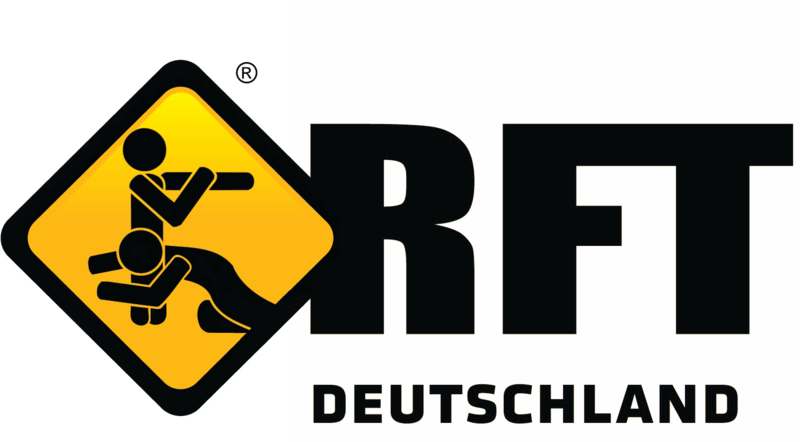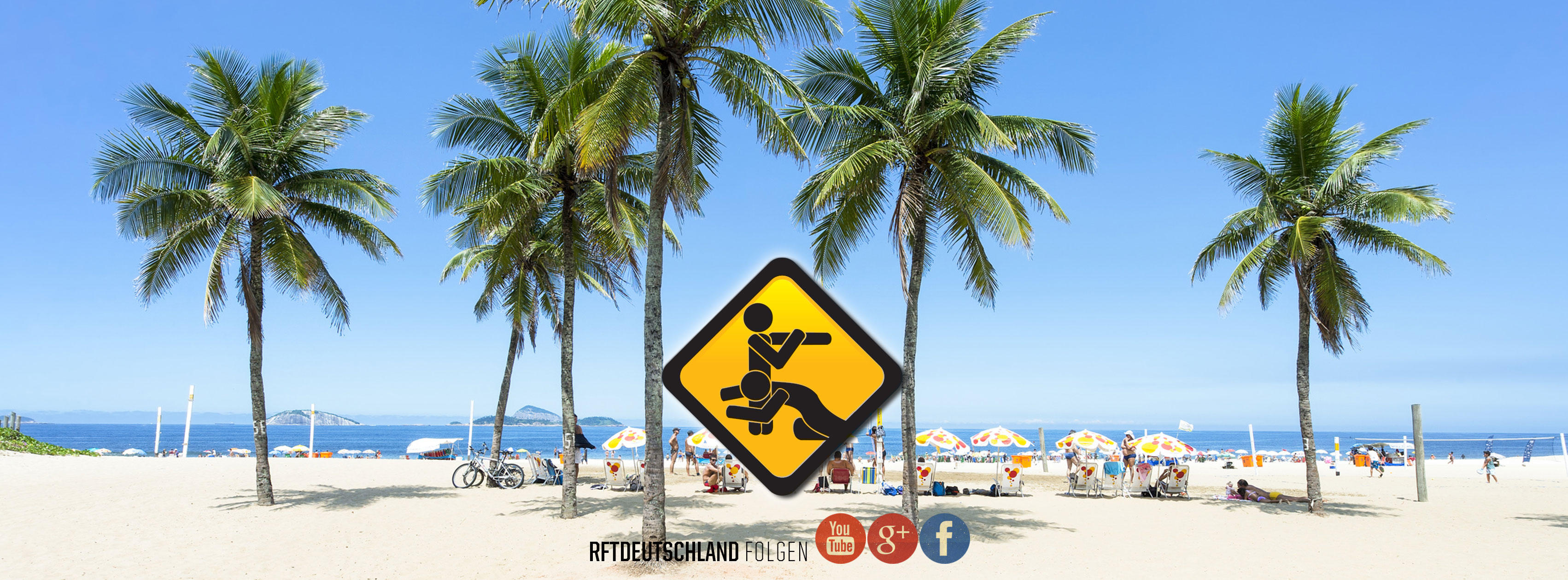The history of Luta Livre and Vale Tudo in Brazil. Part III
Copyright (2014) by Sportscientist Maciel Welko & Elton Silva. Unauthorized use, reproduction, translation, modification, distribution or duplication, in whole or in part of this article and its content is strictly prohibited. But you are invited and allowed to share the link of this article. Acknowledgments: In addition to the main authors Maciel Welko, R. & Silva E.; the following person Figueira, F.; Hatem, V.; Hull-Styles, M.; Manholi, M.; Milfont, C. have helped and supported us for this articles series. The article series also appear in Brazil..
Euclydes Hatem’s Centenary
Preliminary notes: Much of the history of “Luta Livre” in Brazil is anecdotal and there is no proof of evidence. Systematic research done by Sportscientist and Luta Livre Black Belt "Nico" M. Welko in collaboration with E. Silva, shows a more credible description of the historical development of “Luta Livre” in Brazil. This publication is a summary from more than 9000 collected and evaluated written records* under the standards of scientific research. The references, as longer and more detailed versions, will be addressed in the books of the Authors to be published soon: "Catch; the root of Luta Livre in Brazil" and "Teaching and learning Luta Livre"...
Orlando Americo da Silva “Dudú”
Orlando Americo da Silva "Dudu" was a strong Luta Livre fighter who won many Jiu-Jitsu and Luta Livre championships in São Paulo from 1928 onward. He came to Rio de Janeiro in 1932 and challenged everyone, but especially the Gracie brothers. It is said in the news that he had participated in over 300 fights and he was introduced by the media as the Luta Livre champion of São Paulo, Brazilian champion and one of the best Brazilian fighters. He was known for always trying to finish his fights as quick as possible. “Dudú” especially started to attract Media attention when he began to train George Gracie. Newspaper articles also reported a fight between “Dudú” and Oswaldo Gracie in which "Dudú" defeated him, breaking his leg in three places. However, it is not clear whether this incident occurred in a training session, or whether it was the consequences of a challenge fight. It seems likely that it happened at a training session, because at this time Oswaldo Gracie also trained Luta Livre under "Dudú"."Dudú" won many fights in the Luta Livre Championships. He also defeated the famous Japanese fighter Geo Omori, a strong Jiu-Jitsu practitioner, who also fought in Luta Livre and Vale Tudo matches. Carlos Gracie had, among other Jiu-Jitsu teachers and masters in Brazil like Donato Pires dos Reis, a traceable connection with the Jiu-Jitsu Champion Geo Omori. These facts create space for the development of many new hypotheses regarding the history of Jiu-Jitsu learned and practiced at the beginning by the Gracie family in Brazil. The widespread account of having learned Jiu-Jitsu under Mitsuyo Maeda "Conde Koma" might be questioned. It also might be refuted. The evidence collected by the authors so far rather contradicts this common version known worldwide. Nonetheless, further research is necessary.
Despite rigorous challenges issued by "Dudú", it remained difficult to organize opponents for him, as most of them did not want to fight him under the hard rules of Luta Livre. This often forced "Dudú" in temporary financial difficulties. He later recounted that he was therefore forced to fight worked matches and also to lose them. These circumstances reflected poorly on him and created a negative image of him as a fighter.
"Dudú" challenged George Gracie several times. George Gracie accepted the challenge and claimed he had already defeated "Dudú" in training. George Gracie wanted to fight under "Luta Livre Vale Tudo rules" - without fixed rounds, allowing headbutts, elbow strikes, knee strikes, punches, kicks, and even kicks to the opponent on the ground. However, the event’s organizers did not accept these rules. Another organizer arranged the event as a Luta Livre fight consisting of ten five minute rounds. This match ended in a draw. "Dudú" stated that he had been in a terrible condition that evening and in addition, the rules did not allow many techniques and the rounds were of short duration. All of those fights conditions were to his disadvantage he said. Regardless, "Dudú" seems to have dominated George Gracie throughout the entire fight.
"Dudú" was given the opportunity to challenge George Gracie again, but this time for the Brazilian title. The fight was organized and only later once they were in the ring, George Gracie refused to fight against “Dudú”, as he did not agree this time with some of the permitted techniques, like head butts and elbows strikes. Consequently, the fight did not take place. In the aftermath of this, "Dudú" then described the Gracies and their academy as worthless. Helio Gracie, who had already been trained in Luta Livre under "Dudu’s" leadership, appeared as a challenger under the business operation of his manager, Carlos Gracie. "Dudú" accepted the challenge and this created a great rivalry between him and the Gracies. It seems that Helio Gracie did not want to fight and initially demanded, if any, a fight behind closed doors and without spectators. However, "Dudú" did not agree with these terms. Some organizers did not want to arrange the fight, as they supposedly did not want to conduct any further business with the Gracies. Nevertheless, there were other organizers who arranged and promoted the fight. Helio Gracie proclaimed that "Dudú’s" relatives would not recognize him in the hospital, because he would deform his face with hard punches. The fight was scheduled for five rounds of twenty minutes each. Prohibited techniques were merely attacks on genitals and eyes. All possible techniques of Luta Livre and Jiu-Jitsu were allowed, including kicks to a grounded opponent. The event was even declared by the media as a fight under "unsportsmanlike rules".
The fight was extremely violent and blood flowed from both competitors in large quantity. "Dudú" landed head butts, which deformed Helio's nose and face causing bleeding. After 13 minutes, the fight was interrupted to stop the bleeding of both fighters. Helio then landed a series of strong kicks to "Dudú's" head and neck. He was nearly knocked out. Helio quickly recognized this and consistently hit his opponent again with more punches and kicks to the body and head. After a total of 19 minutes fight, "Dudú" gave up.
"Dudú" was heavily criticized as a consequence. He should finish his fighter career, some claimed. It was however noted that "Dudú" had not applied Luta Livre techniques, which seem to be strange. Even his cash reward as a loser was initially denied because he created the appearance that he was not fighting as seriously as usual. "Dudú" was taken to the hospital after the fight with pain in the abdomen area, where injuries to the liver, broken ribs, pelvic injuries and tooth loss were found. "Dudú" paid compliments to Helio Gracie for his bravery and admitted he was unable to continue fighting. After that fight, Helio also showed respect and stated that "Dudú" had lost as “a man" with two lost teeth, broken ribs and bruised forearm of his own. Furthermore, he added that it would have been an unreasonable task to continue the fight under such conditions.
A few years later, it was reported that "Dudú" and Helio Gracie fought again, but this time at a Luta Livre Championship. This report states that Helio Gracie had lost the match against "Dudú", but he was not satisfied and demanded a rematch. Yet on further analysis, however, it seems that it was an error by the reporter and it was “George Gracie” who fought "Dudú", and not "Helio Gracie".
Other newspaper articles document this fight in Bello Horizonte, which was in fact disputed between "George Gracie and Dudú". These reports provide the unambiguous evidence that there was an error in the reporting of the newspaper Correio de S. Paulo, in which it was said that "Helio Gracie" lost against "Dudú".
Later it seems as "Dudú" went through a low phase in his life. During this time it is reported, for example, that he was involved in a fight under the influence of alcohol in a cafe. In this incident there have been claims that he tried to win the female company of another man. After some discussion, a brawl then started after "Dudú" allegedly slapped this man who in turn is said to have struck "Dudú’s" head with a bottle. In the café, multiple tables, chairs and other objects were destroyed, which caused a considerable amount of damage, the reports said. Afterwards, “Dudú” had to receive medical attention, as he had suffered cuts on his head from the bottle and from attacks from other objects, including chairs.
It was later stated that “Dudú” died in hospital in 1938, in a lonely, abandoned and financially ruined condition, from a disease which he had been fighting against for several months. Church services were organized in his memory.
Soon in part IV of this publication series the third coach of "Mestre Tatu", Aloisio Bandeira de Melo will be presented.

